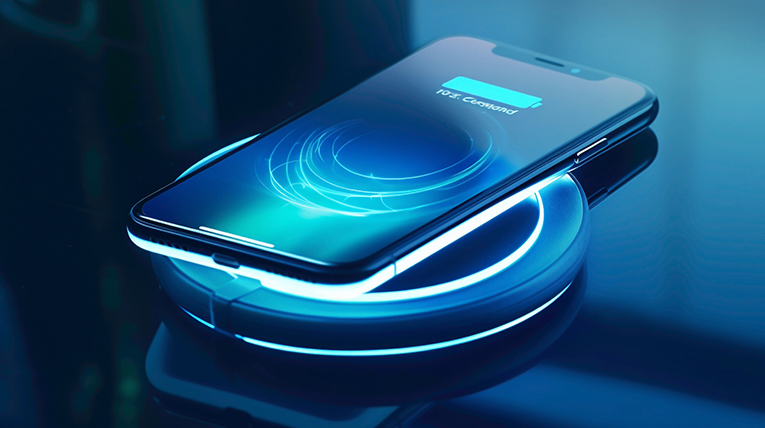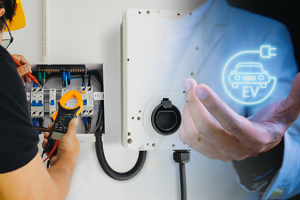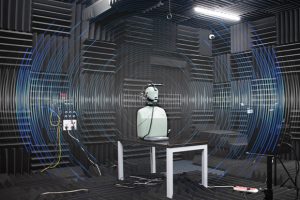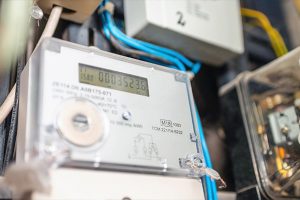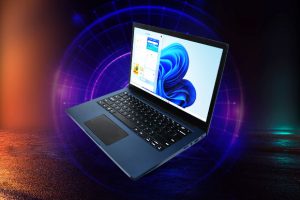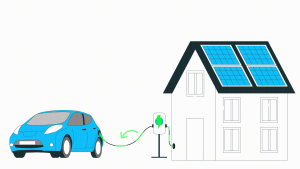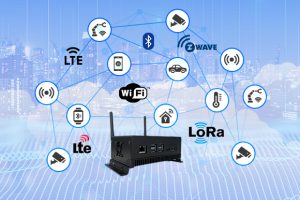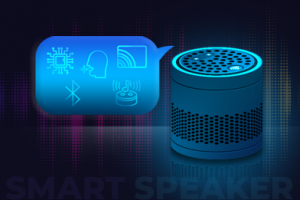Overview
Wireless charging technology, an extraordinary invention that has gained considerable popularity in recent years, found a remarkable leap forward in delivering power, neglecting the requirement for physical wires and amplifying the ease of charging electronic gadgets. As the desire for effortless charging solutions intensifies, wireless charging technology discovers broad usage in electric Vehicle cars, wearables, mobile phones, and diverse Internet of Things (IoT) devices.
According to Markets and Market Report, the worldwide wireless charging market is expected to grow at a compound annual growth rate (CAGR) of 24.6% between 2021 and 2026, reaching a value of USD 13.4 billion. This is a major increase from the industry’s 2021 value of USD 4.5 billion.
In this blog, we will deep dive into the importance of wireless charging technology, how it works, upcoming trends, and how VVDN can help OEMs looking to develop solutions around wireless charging technology.
Table of Contents
Importance of Wireless Charging
The increasing number of electronic gadgets that need to be charged regularly has led to the development of wireless charging technologies in the modern world. There is a continuing demand for quick and practical charging solutions due to the rise in smartphones, tablets, and other portable devices. This need has given rise to wireless charging, which enables consumers to charge their gadgets without the inconvenience of cords or wires.
In addition to being more convenient, wireless charging technology is safer than traditional cable charging techniques. It is an excellent option for public spaces like airports, coffee shops, and restaurants because it significantly decreases the possibility of electrical shock or fire threats.
Furthermore, wireless charging technology boasts higher efficiency when compared to traditional wired methods. This improvement results in reduced energy loss during the charging process, contributing to lower energy costs and potentially enhancing battery lifespan.
How Wireless Charging Technology Works
The function of wireless charging relies on Electromagnetic induction, in which an alternating current (AC) is applied to a copper coil to produce a magnetic field around it, which is the mechanism by which wireless charging technology operates. The induced current from the magnetic field can power gadgets or replenish batteries when another coil is placed within this range.
Wireless charging technology comes in three distinct forms: Radio Charging, Inductive Charging (also referred to as Near-Field Charging), and Resonance Charging.
Radio Charging:
Radio charging is mostly used for the small battery-operated gadget. Radio-emitting transmitter connected to the outlet is part of the procedure. This procedure is very practical and useful as it allows to charge and maintain the power of device batteries wirelessly across long distances without any disruption or need for any cable, by just putting the receiver at the same frequency as the transmitter.
Inductive Charging:
In inductive charging the electromagnetic field is generated by two coils – one is the charging station (transmitter) and another is the gadget (receiver) the energy is transmitted during the inductive charging process. A magnetic field created by the transmitter coil’s alternating current (AC) induces a current in the receiver coil when the coils are tightly aligned. This current is subsequently transformed back into electrical energy to charge the object or car. Applications such as wireless smartphone charging pads frequently make use of inductive charging.
Resonance Charging:
Resonant Inductive Coupling, also known as resonance charging, is a wireless charging method where the frequencies of the transmitter and receiver coils are matched. This synchronization allows the coils to have more freedom in alignment by ensuring that they vibrate at the same frequencies. This flexibility enables greater spacing between the coils without affecting the efficiency of power transfer. With resonance charging, wireless power transmission can be done over longer distances (usually between 7 and 40mm). To enable power transmission, this process uses low radio frequencies or sub-radio frequencies in the electromagnetic wave spectrum. Then an inductance capacitance-tuned circuit is used for resonance coupling.
Wireless Charging Standards
The most widely used wireless charging technology standard is developed by the Wireless Power Consortium (WPC) known as Qi. Qi utilizes electromagnetic induction to transmit power across distances of up to 4 cm (1.6 in). This standard is compatible with numerous smartphones, tablets, and other devices manufactured by renowned global brands such as Apple, Samsung, and Sony. Apart from Qi, there are several other wireless charging standards available. One of the standards is Power Matters Alliance (PMA), which also emits electromagnetic induction but operates at a different frequency compared to Qi. Another standard is the Alliance for Wireless Power (A4WP), which utilizes magnetic field resonance to facilitate charging over longer distances and with greater flexibility. Additionally, there is the iNPOFi technology, which employs radio waves to charge devices without generating heat or electromagnetic radiation.
Upcoming Trends in Wireless Charging Technology
The dynamic alteration of wireless charging is being propelled by several noteworthy advancements in diverse industries. In industries like consumer electronics, automobiles, cellphones, wearables, and other gadgets, where wireless charging is starting to become the norm, this technology is growing at a very fast pace. Let’s examine a few of the major developments in wireless charging:
Increased Power Levels: There is a growing demand for higher power levels in wireless charging, enabling faster charging of devices and enhancing user convenience. Technologies like 30W, 40W, and even higher power levels are becoming increasingly prevalent.
Integration with Furniture and Infrastructure: Wireless charging technology is being integrated into everyday items like furniture, and lamps, as well as public spaces and transportation infrastructure. This trend aims to enhance user convenience and make wireless charging more widely available.
Multi-Device Charging: The popularity of multi-device charging solutions is on the rise. This allows users to charge multiple devices simultaneously on a single charging pad, which is particularly beneficial for those with multiple wireless charging-compatible devices.
Compatibility Standards: The establishment and adherence to wireless charging standards, such as the Qi standard, ensure compatibility between devices and charging pads. This promotes a seamless user experience and encourages widespread adoption of wireless charging.
Bidirectional Charging: Certain wireless charging systems now support bidirectional charging, enabling devices not only to receive power but also to transmit power to other compatible devices. This feature has potential applications in emergency situations or for charging accessories on the go.
Enhanced Safety Features: Manufacturers are incorporating advanced safety features into wireless chargers to prevent issues like overheating, overcharging, and foreign object detection. Ensuring the safety of both the device and the user is a crucial aspect of wireless charging technology.
Why VVDN?
VVDN Technologies being a Global Provider of Software, Product Engineering, Electronics Manufacturing Services, and Solutions, has a profound understanding of wireless charging technology. With our extensive knowledge, we have successfully developed multiple solutions incorporating wireless charging capabilities. We are fully equipped to support you in designing, developing, and integrating solutions that meet all relevant regulations and standards.
Reach out to our experts at info@vvdntech.com for more information and further requirements.




















